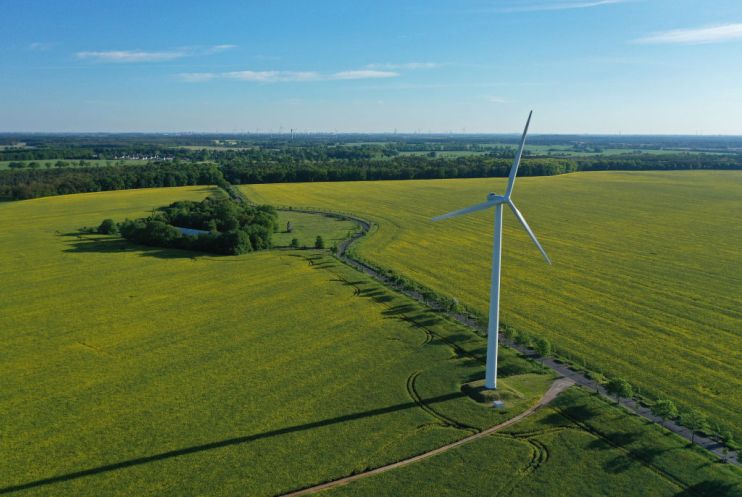Breezy does it: Onshore wind gets green light after Government U-turn

Onshore wind is finally set for a revival following Government U-turn, with Downing Street pledging to relax building restrictions on new turbines following a backbench rebellion of Tory MPs.
New farms will still be subject to local approval, but rules requiring new turbines to be built on pre-designated land will be rewritten.
The Levelling Up Department will launch a consultation on onshore wind, including establishing the method for measuring local opinion, which will conclude by next April.
Communities that back them could potentially receive lower bills in exchange for living near new turbines, a practice already established by energy firm Octopus, which set up a ‘Fan Club’ for cheaper energy costs.
This comes after 30 MPs threatened to vote for an amendment to a key planning bill going through Parliament.
The amendment was tabled by former housing secretary Simon Clarke, and had the support of former Prime Ministers Boris Johnson and Liz Truss.
Meanwhile, 24 other MPs led by senior backbencher Sir John Hayes, and including cabinet veteran David Davis, have written Rishi Sunak urging him to stand firm on the ban.

Onshore wind released from de-facto ban
Since 2015, onshore wind development has faced a series of planning hurdles which has vastly reduced developments across the UK.
This followed former Prime Minister’s push against so-called “green crap” to appease the right of his party ahead of the 2015 election.
Since then, wind farms have required consent for developments to go ahead – with sites needing to be approved in plans established by residents with local authorities across England.
Developers also have to show that the proposal is located in area designated for renewable energy in a local plan.
These requirements have empowered local authorities to make decisions over what gets built in their own communities, but at the cost of onshore wind generation, which has since stagnated.
Currently, only 11 per cent of local authorities across England have designated areas for renewable developments in their plans, according to Dr Rebecca Windemer at the University of the West of England.
Her research reveals the maximum installed capacity of wind farms (in MW) granted planning permission between 2016-2021 is just 2.6 per cent of those granted permission between 2009-2014.
It was also excluded from specific generation targets in the country’s energy security strategy, even though its 14GW of domestic power outweighs the 11GW currently being generated offshore.
Sam Hall, director of the Conservative Environment Network, told City A.M. the decision would strengthen the country’s supply security while providing cheaper, cleaner power.
He said: “I’m delighted the government will end the de facto block on new onshore wind in England, unlocking this cheap, clean power source where communities agree. This is an important step to strengthen our energy security and cut people’s bills. It’s vital that the plans, when finalised, ensure communities get a genuine say without making it impossible for new projects to be approved.”
The bill is due back in the House of Commons next week, which will also include watered down housing targets following a separate revolt from Tory MPs.
